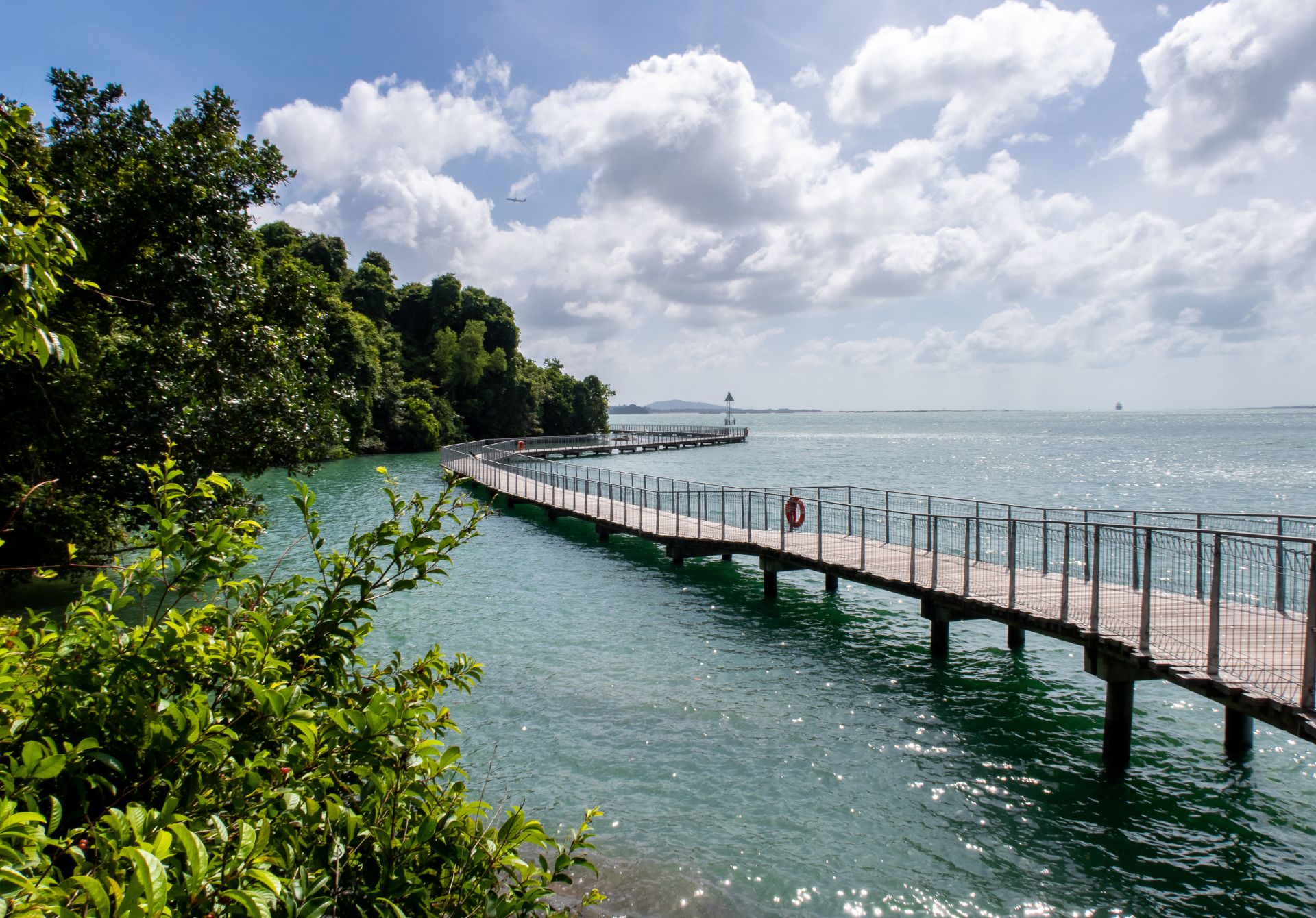Pulau Ubin, a small island located northeast of Singapore, offers a stark contrast to the modern metropolis nearby. It is one of the few remaining areas in Singapore where the kampong (village) lifestyle remains intact, making it a nostalgic escape from the fast-paced city life. This article explores the significance of Pulau Ubin, its key attractions, and why it is a must-visit for both locals and tourists.
The History and Heritage of Pulau Ubin
Pulau Ubin, which means “Granite Island” in Malay, was once a hub for granite quarrying during Singapore’s colonial era. The island’s quarries supplied building materials for several landmarks, including the Istana and the Singapore-Johor Causeway. However, with the decline of quarrying in the 1970s, many residents left, leaving behind an untouched rural environment.
Today, Pulau Ubin is home to fewer than 40 villagers who live in traditional kampong houses, and much of the island’s charm lies in its rustic, laid-back ambiance. The government has designated it as part of Singapore’s heritage preservation, ensuring that its natural and cultural treasures remain protected.
Natural Wonders and Outdoor Adventures
Despite its small size, Pulau Ubin boasts a rich diversity of flora and fauna. Visitors are drawn to Chek Jawa, a 100-hectare wetland located on the island’s eastern tip. Chek Jawa is renowned for its biodiversity, featuring ecosystems such as mangroves, seagrass lagoons, and coral rubble. During low tide, visitors can walk along the coastal boardwalk and observe marine life like starfish, crabs, and sea sponges.
Nature lovers will also enjoy exploring the island’s dense forests and trails. Pulau Ubin is a haven for birdwatchers, with several species of birds, including the endangered Oriental Pied Hornbill, often spotted in the wild. Bicycles can be rented at the island’s main village to explore its scenic paths, offering an eco-friendly way to discover its beauty.
Thriving Eco-Tourism on Pulau Ubin
Pulau Ubin’s status as a sustainable tourism destination continues to grow. As part of Singapore’s commitment to environmental conservation, the island promotes eco-tourism activities such as kayaking through mangrove swamps, camping, and guided nature walks. The Ubin Living Lab, a facility on the island, provides visitors with insights into biodiversity conservation and environmental research.
Moreover, Pulau Ubin has become a learning ground for students, researchers, and eco-tourists alike. Programs focusing on reforestation, wildlife monitoring, and water resource management are actively run to protect the island’s ecosystem.
Planning Your Trip to Pulau Ubin
Getting to Pulau Ubin is relatively simple. Visitors can take a 10-minute bumboat ride from Changi Point Ferry Terminal, which costs around $3 SGD. Once on the island, many choose to rent bicycles or hike to explore the different attractions. Pulau Ubin is a great day trip destination for families, adventurers, and those looking to reconnect with nature.
Visitors are encouraged to bring essentials like water, insect repellent, and sunscreen, as the island has limited amenities. The rustic atmosphere adds to the experience, as it gives tourists a sense of stepping back in time to experience Singapore’s past.
Pulau Ubin offers visitors a chance to experience Singapore as it was in the past – a quiet, natural landscape filled with heritage, wildlife, and sustainable initiatives. Its rich history, diverse wildlife, and emphasis on eco-tourism make it a must-see for those looking to experience a different side of Singapore. Whether you’re cycling through its trails, exploring Chek Jawa’s wetlands, or learning about conservation efforts, Pulau Ubin provides an enriching escape into nature, away from the hustle of the city.
As Singapore continues to urbanize, Pulau Ubin stands as a testament to the country’s efforts to preserve its natural and cultural heritage. A visit to this island will leave you with a deep appreciation for Singapore’s past and its dedication to a sustainable future.

